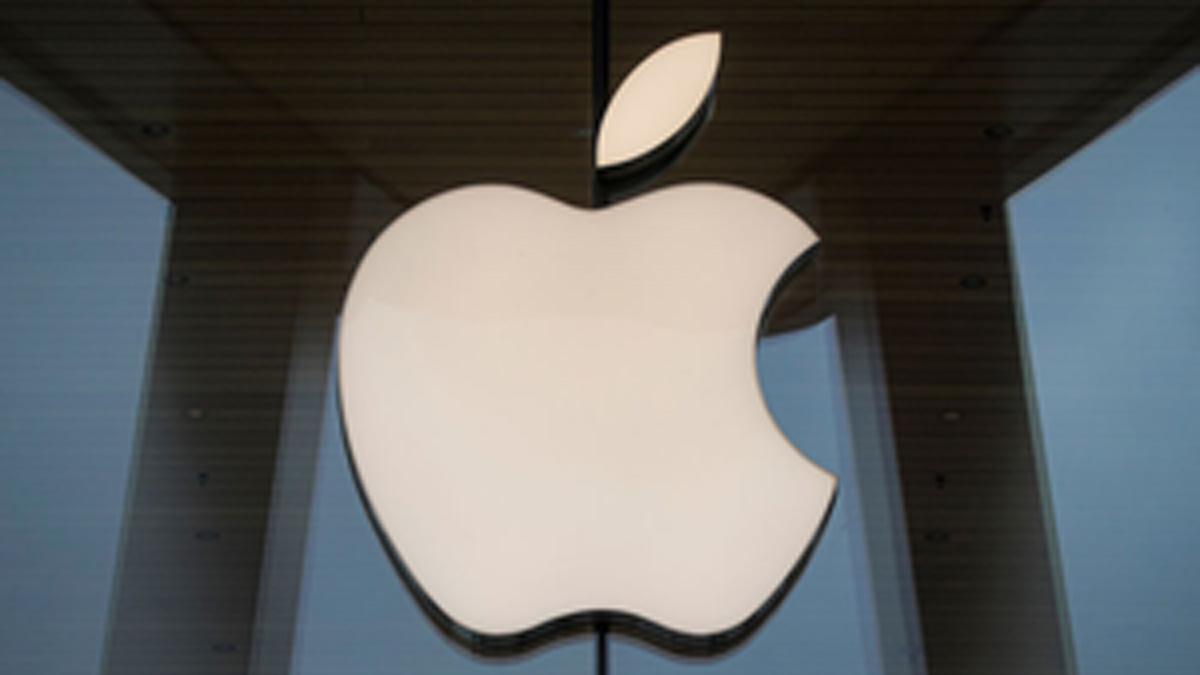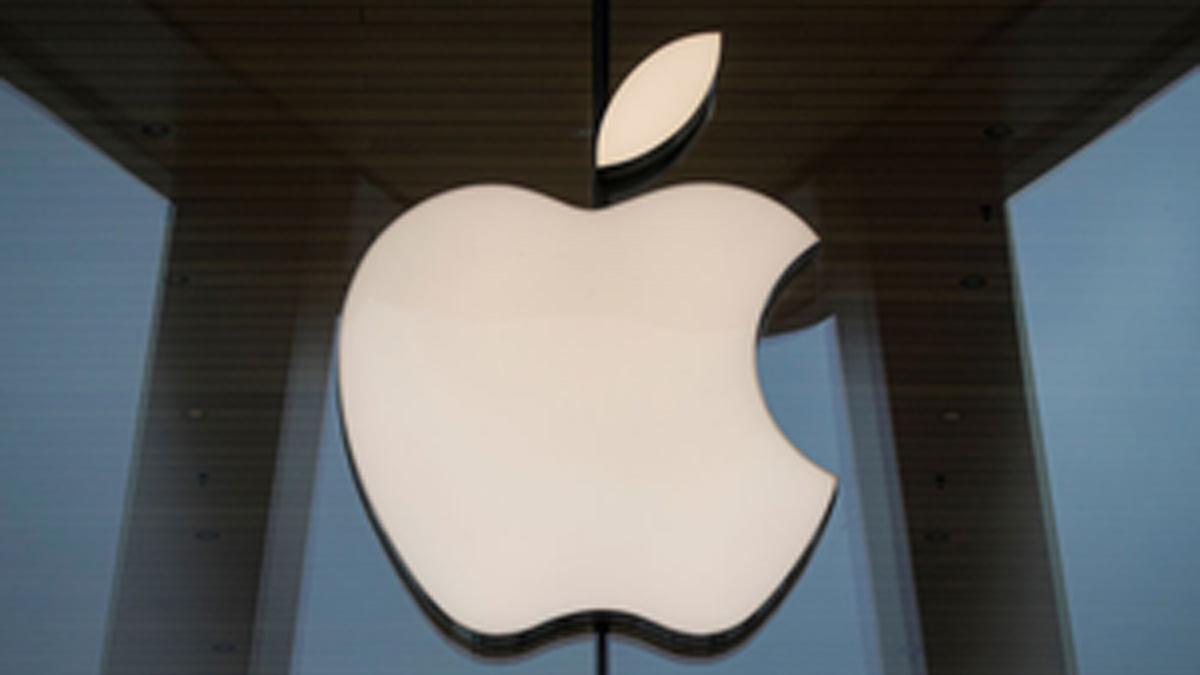Apple is set to transfer the manufacture of all iPhones it sells in the United States to India within a year, according to the Financial Times on Friday. The significant move follows renewed threats of Chinese imports tariffs by the former President Donald Trump.
The shift is also part of Apple's broader strategy to reduce its dependence on China, which remains at the forefront of the company's manufacturing activity. If successful, the transition could have over 60 million iPhones manufactured annually in India by 2026, almost doubling production levels today, the report added.
Why This Matters
The U.S. remains Apple's largest market. In 2024, an estimated 28% of the company's global iPhone shipments ended up in the U.S., as reported by IDC. Moving the production of iPhones destined for the U.S. out of China not only enables Apple to avoid high tariffs but also mitigates long-term geopolitical risks as a result of the tense U.S.-China relations.
This move is largely a reaction to Trump's "reciprocal tariff" actions. His administration imposed tariffs on China that totaled as much as 145%, with a 20% tariff still being levied on smartphones. Although some electronics were recently exempted from tariffs, this relief appears temporary. Furthermore, Trump has indicated imposing additional tariffs on semiconductor-laden products, which would impact Apple's entire lineup.
Zooming In
In the fiscal year ending March 2025, Apple will produce $22 billion of iPhones in India, up 60% from last year, according to Bloomberg. Currently, about 20% of the world's iPhones are being produced in India, and that figure is set to rise sharply.
Much of this production happens at Foxconn’s large facility in Tamil Nadu, as well as operations overseen by Tata Electronics, which took over Wistron’s operations and also manages Pegatron’s production. This shift represents a major change in Apple’s manufacturing approach, which had been heavily reliant on China for nearly two decades.
The Indian prime minister Narendra Modi government has supported Apple's action by offering production-linked incentives and potential $2.7 billion subsidies with a view to boosting India's manufacturing of electronics and semiconductors.
The Bigger Picture
Apple is driven by urgency due to the trade interruption by Trump's tariffs, which reduced the market value of the company by $700 billion during the beginning of 2024. As a result, Apple started shipping iPhones made in India to the U.S. in order to avoid the forthcoming tariff effect.
But there are problems. Even though assembly is the final component of the iPhone-producing process, Apple remains highly dependent on Chinese suppliers for components. Relocating the entire supply chain would take years, with Bloomberg Intelligence estimating it could take eight years to relocate only 10% of Apple's production away from China.
This move is also a response to Trump's insistence that companies "bring jobs home." According to experts, America lacks the labor force and infrastructure to support large-scale iPhone assembly and hence India is a better bet.
Reactions
Daniel Newman, Futurum Group CEO, pointed to the significance of the move, telling the Financial Times, "We believe this is going to be an important move for Apple to be able to maintain its growth and momentum." He referenced how rapidly Apple is acting to mitigate tariff risks.
Apple declined to comment on the Financial Times story.
The Broader Trend
Apple's move to India is part of a larger re-juggling of global supply chains in the technology industry. The COVID-19 pandemic exposed vulnerabilities of China-dependent manufacturing, particularly during lockdowns at Apple's largest Chinese factory. Geopolitical tensions have compounded these problems, prompting companies like Apple to look for alternative models of production.
In order to avoid potential supply disruptions, Apple shipped 57.9 million iPhones in the first quarter of 2025, a year-over-year 10% growth, according to IDC. That move was to stock up ahead of tariffs in the U.S. Consumers got the message, too, and Apple Stores saw a flurry of customers as consumers rushed to purchase iPhones before they got more expensive.
Looking Ahead
Apple will report its earnings next week. Analysts will pose questions regarding the financial impact of tariffs, the role of India in Apple's long-term strategy, and whether the company will meet its 2025 production goals.
Apple's transition will not sever China completely, but it's clear that the future of iPhone production—at least for America—will be highly "Made in India."
Read also| Asus Unveils Vivobook S14 & S14 Flip in India: Powered by Intel's 13th Gen H-Series
Read also| Xiaomi Unveils First Locally Manufactured Smartwatch, Redmi Watch Move, in India


















